If you want to know the types of flooring and get to know the advantages and disadvantages of different types of flooring, stay with us in this article .
List of topics
- Get to know the uses of different types of flooring
- Get to know the types of flooring
- 1. Stone flooring
- 2. Ceramic flooring
- 3. Mosaic flooring
- 4. Polyurethane flooring
- 5. Brick flooring
- 6. Wooden flooring
- 7. Laminate flooring
- 8. PVC flooring
- 9. Epoxy flooring
- 10. Artificial grass
Flooring means materials or materials that are used to cover the floor of various surfaces such as rooms, halls, corridors and indoor and outdoor spaces . These materials are used in order to create a smooth, patterned surface, resistance to wear, impact, moisture, heat and chemical factors. Types of flooring allow us to design the space in the way we want. The shape, texture, appearance, and color of the flooring can determine the color harmony of the environment. Knowing the types of flooring allows you to have the power to choose and choose the best among the most attractive options suitable for your climate and place of residence.
If you are also interested in getting information about types of flooring, stay with us until the end.
Get to know the uses of different types of flooring
Floor coverings are used to cover the floor of different surfaces in indoor and outdoor spaces. These materials are used to create a smooth, beautiful, resistant and suitable surface for various uses. The main uses of flooring are:
- Residential: suitable flooring is used in houses and residential units to cover the floors of rooms, halls, reception rooms, bathrooms and kitchens.
- Office and commercial: It is used in office, commercial and public places such as offices, stores, restaurants, hotels, banks, etc. to create a suitable, beautiful and hygienic environment.
- Industrial: In industrial environments, factories, warehouses, and production units, special flooring is used that is resistant to heavy loads, moisture, and harsh conditions.
- Sports: Special flooring is used for sports halls, sports fields and sports facilities in order to prevent injury to players and increase the quality of the game.
- Outside: In open spaces, suitable flooring is used to cover the floor of environments such as terraces, yards, sidewalks, parking lots, etc.
- Sanitary: In sanitary areas such as bathrooms, lavatories and medical and hospital spaces, suitable flooring is used to create hygienic and disinfecting conditions.
In general, according to the type and specifications, floor coverings can improve the appearance of the decoration, create sanitary conditions, increase resistance and create a suitable environment with the intended use.
Get to know the types of flooring
Knowing the types of flooring allows you to make smart decisions about them. Different types of flooring are used according to their advantages and disadvantages. To better understand this issue, you need to know the details about the types of flooring. In the following, we are going to introduce the most common floor coverings used in Iran.
- Stone flooring
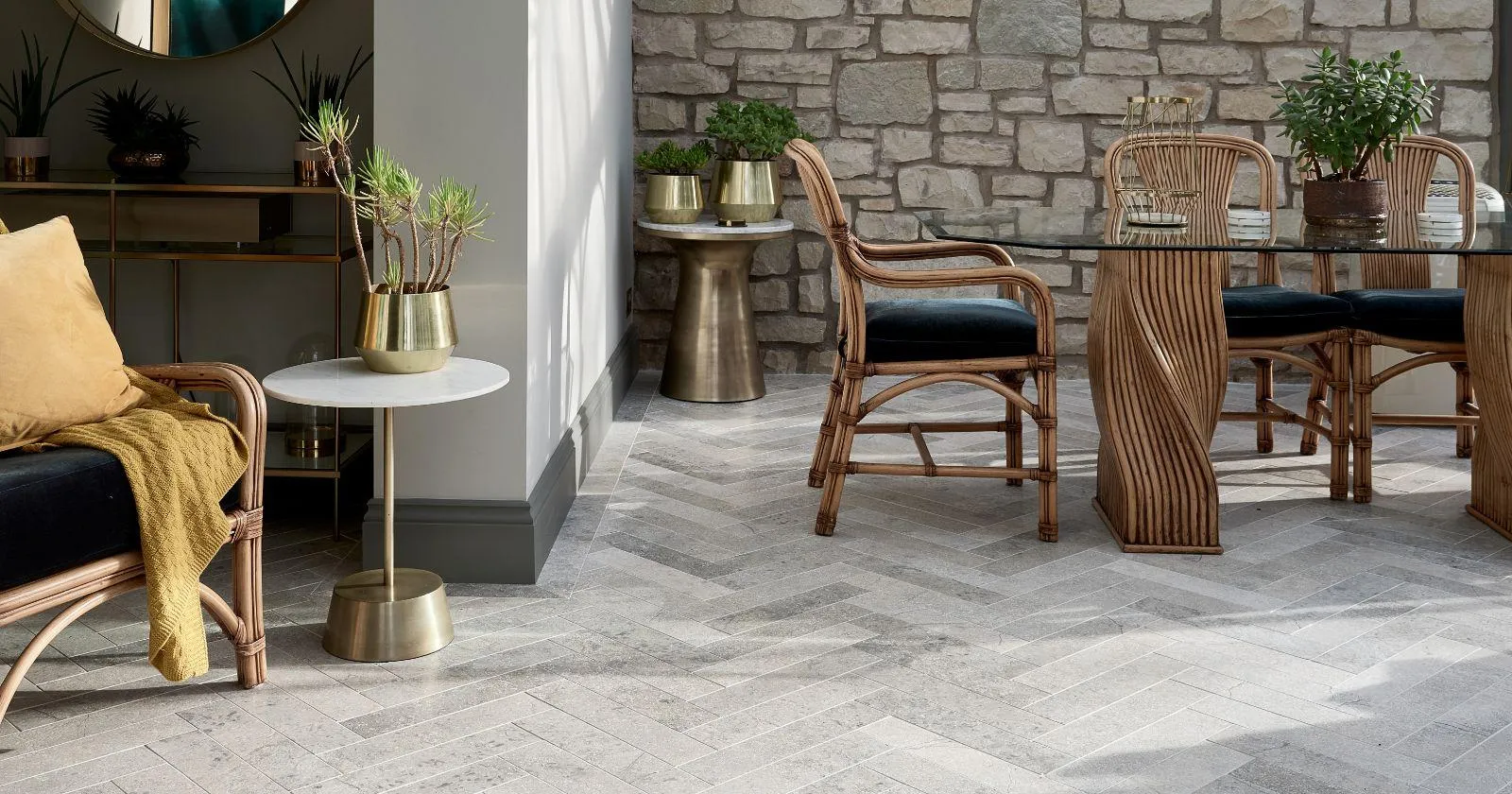 Stone flooring is a type of resistant flooring that is made by industrial cutting of stones extracted from mines. There are also some artificial types that are made from the closest shape and appearance to natural stones. This type of floor covering is very practical and common in Iran.
Stone flooring is a type of resistant flooring that is made by industrial cutting of stones extracted from mines. There are also some artificial types that are made from the closest shape and appearance to natural stones. This type of floor covering is very practical and common in Iran.
- Advantages of artificial and natural stone flooring
- The natural charm of natural stones is one of the main reasons for choosing it. In artificial flooring, it creates a beautiful and natural appearance due to the designs and colors similar to natural stones.
- This type of flooring is resistant to wear, impact and pressure and performs well in high traffic and pressure environments.
- Many artificial stone floors are waterproof and can be used in wet environments.
- Artificial stone flooring is easy to clean and does not require frequent maintenance and repairs.
- Despite the variety of designs and colors, it is possible to choose according to taste and environment.
- Due to its high resistance, stone flooring can be used inside buildings as well as outside spaces such as terraces and sidewalks.
- Disadvantages of stone and artificial stone flooring
- In regions with cold climates, stone flooring may create more coldness in the environment.
- Usually, the installation and purchase of stone flooring is more expensive than other types of flooring.
- After installing stone flooring materials, it may take a long time to dry completely.
- Ceramic flooring
 Ceramic flooring consists of ceramic tiles and tiles and is used to cover floors and walls inside and outside buildings.
Ceramic flooring consists of ceramic tiles and tiles and is used to cover floors and walls inside and outside buildings.
- Advantages of ceramic flooring
- Waterproof and moisture resistant.
- Various and beautiful designs and colors.
- Resistant to wear and scratches.
- Disinfection and easy to clean.
- Long-term maintenance and reduced need for replacement.
- Resistance to heat and different weather conditions.
- Disadvantages of ceramic flooring
- The coldness and stiffness of its surface may cause an unpleasant feeling when touching the feet.
- Possibility of slipping in some conditions, especially in wet environments.
- Higher price than some other types of flooring.
- Installation and replacement may be time-consuming and costly.
- Mosaic flooring
 Mosaic flooring consists of small, usually square or rectangular tiles that are combined in different designs and colors to create beautiful designs and patterns. This type of flooring is used especially in indoor and outdoor spaces to create special beauty and style due to the various designs and creative combinations it creates.
Mosaic flooring consists of small, usually square or rectangular tiles that are combined in different designs and colors to create beautiful designs and patterns. This type of flooring is used especially in indoor and outdoor spaces to create special beauty and style due to the various designs and creative combinations it creates.
- Advantages of mosaic flooring
- Due to the variety of designs and colors, mosaic flooring creates a beautiful and attractive appearance that helps to decorate indoor and outdoor spaces.
- This type of flooring can have multicolored, geometric, artistic designs and even decorative images.
- Small mosaic tiles are usually made of durable materials, especially ceramics, which increase resistance to wear and pressure.
- Easy repair and replacement in case of failure of a tile.
- Disadvantages of mosaic flooring
- Installing and buying mosaic flooring materials may be costly due to the beauty and complexity of the designs.
- Installing small mosaic tiles can be time consuming and complicated and requires expertise.
- In mosaics, there are small gaps between the tiles that are difficult to clean.
- Polyurethane flooring
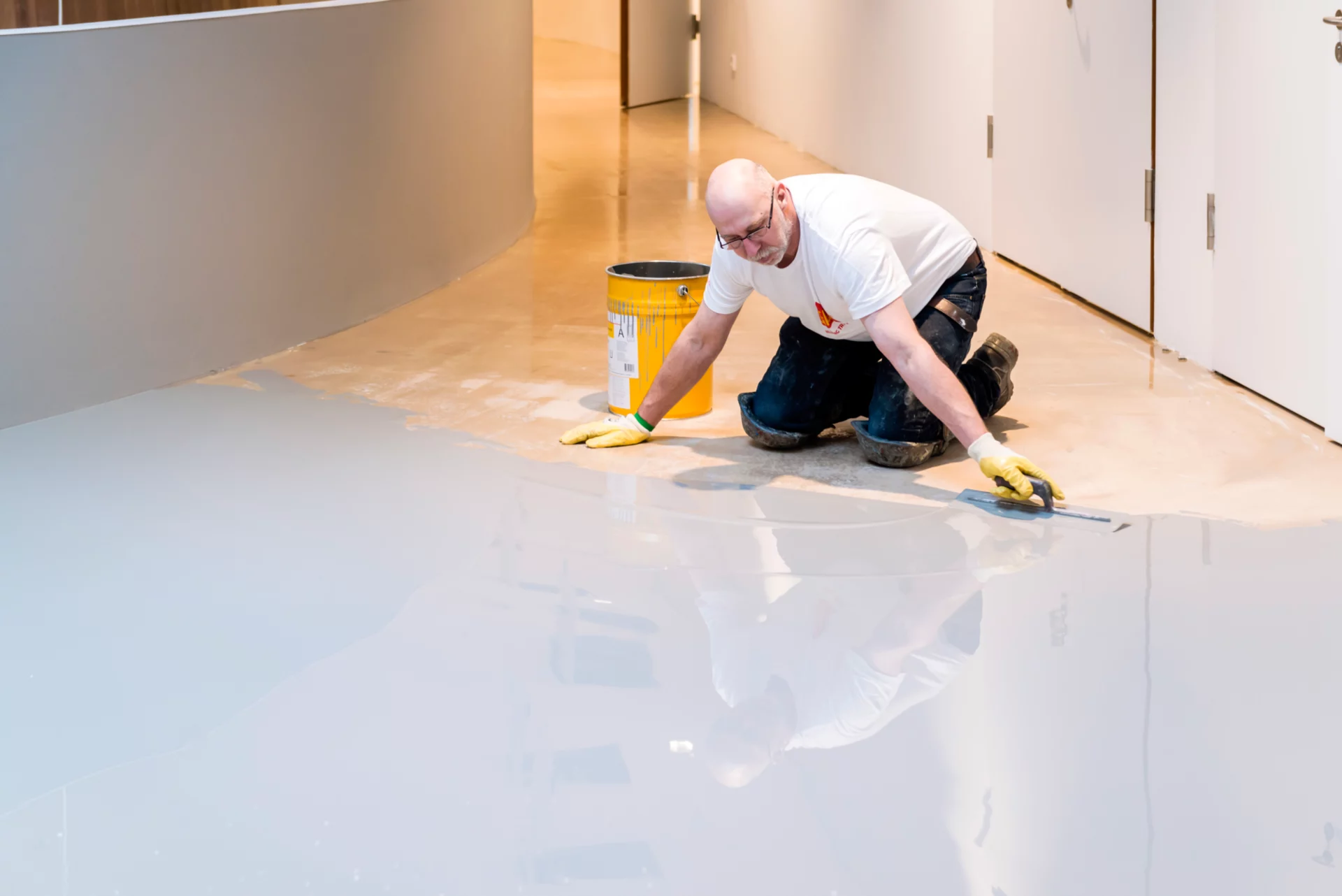 Polyurethane flooring is a type of artificial flooring that consists of polyurethane material. Polyurethane is a synthetic polymer that consists of the union of molecular units, and due to its special characteristics, it is used in various industries, including the construction industry and flooring.
Polyurethane flooring is a type of artificial flooring that consists of polyurethane material. Polyurethane is a synthetic polymer that consists of the union of molecular units, and due to its special characteristics, it is used in various industries, including the construction industry and flooring.
- Advantages of polyurethane flooring
- Resistant to moisture and water
- High flexibility
- Abrasion and impact resistance
- Easy installation and maintenance
- Thermal and sound insulation
- Ability to decorate and paint
- Disadvantages of polyurethane flooring
- Relatively high price
- It may turn yellow over time
- Need for expertise in installation and repairs
- Brick flooring
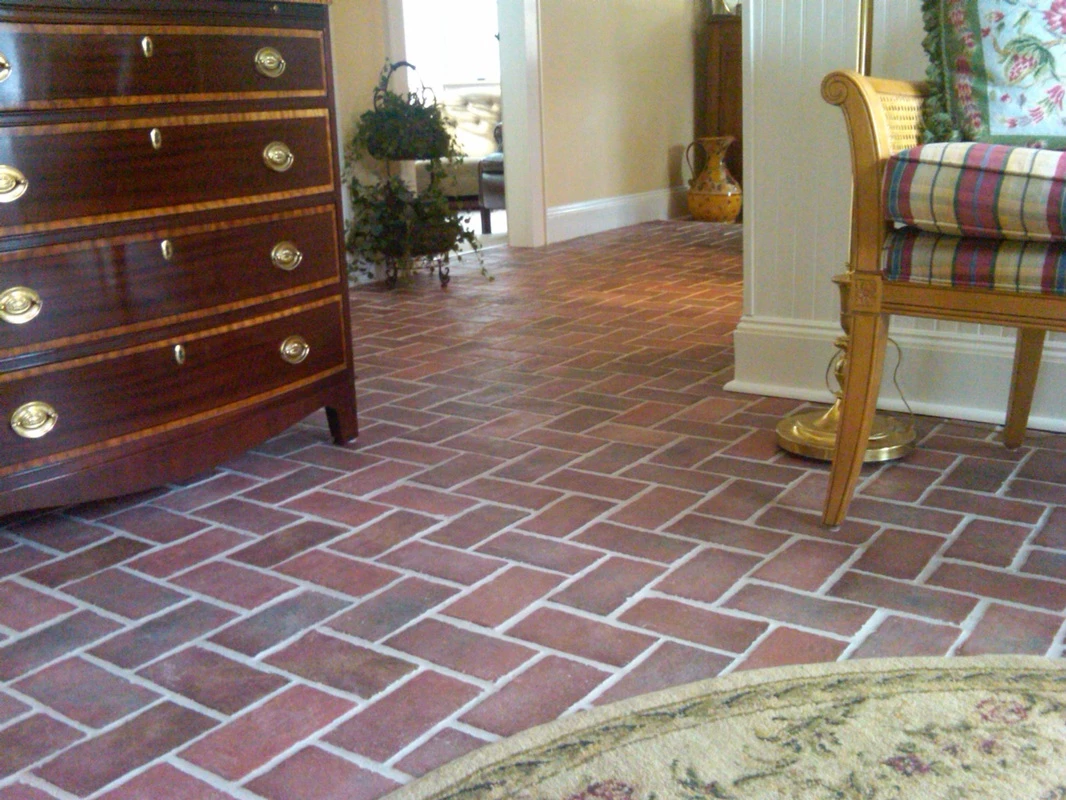 Brick flooring is a type of flooring that consists of brick tiles and creates beautiful designs and patterns of natural or artificial bricks. These days, the use of this type of flooring has become extremely popular.
Brick flooring is a type of flooring that consists of brick tiles and creates beautiful designs and patterns of natural or artificial bricks. These days, the use of this type of flooring has become extremely popular.
- Advantages of brick flooring
- Creating a warm and classic look in spaces.
- Bricks create durable flooring due to their resistance to pressure, wear and water.
- If a brick tile is damaged, it can be replaced without the need to replace the entire flooring.
- Disadvantages of brick flooring
- Installing brick flooring requires expertise and creates more costs.
- In some cases, the brick floor surface may be irregular or require leveling.
- The vulnerability of this brick flooring model is very serious.
- Wooden flooring
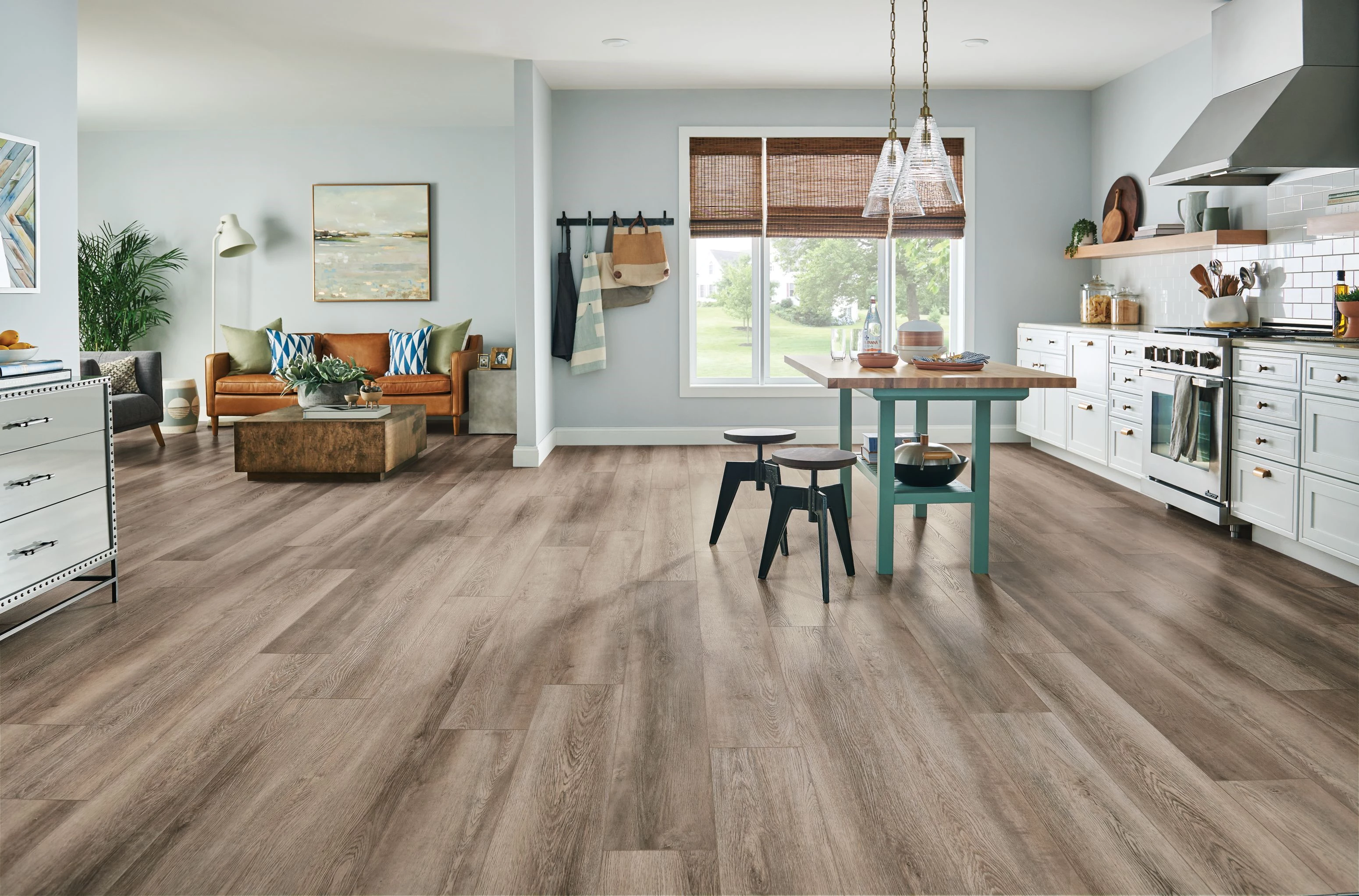 Wooden flooring consists of wooden boards or tiles, which are mainly made of natural or synthetic wood. This type of flooring is used in indoor and outdoor spaces due to its warm, natural and beautiful appearance.
Wooden flooring consists of wooden boards or tiles, which are mainly made of natural or synthetic wood. This type of flooring is used in indoor and outdoor spaces due to its warm, natural and beautiful appearance.
- Advantages of wooden flooring
- Due to its freshness and natural appearance, wooden flooring creates a sense of warmth and comfort in spaces.
- Variety in different types of wood and designs.
- As a natural material, wood has good heat and sound insulation properties.
- In case of breakdown or damage, small parts can be repaired or restored.
- Disadvantages of wooden flooring
- Wood is naturally sensitive to moisture and water.
- Wooden flooring needs careful and regular care to maintain its appearance and resistance.
- Wood flooring may cost more than some other types of flooring.
- Wooden flooring is stainable and requires careful care and cleaning.
- Laminate flooring
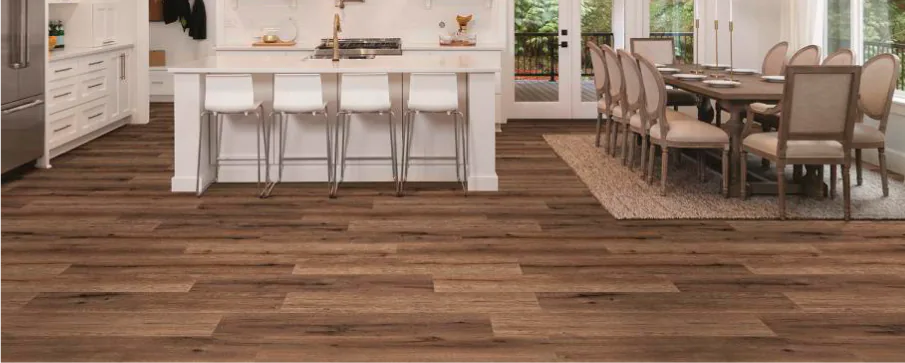 Laminate flooring is a type of synthetic flooring that is made of compressed wood layers ( HDF or MDF ) with melamine coating.
Laminate flooring is a type of synthetic flooring that is made of compressed wood layers ( HDF or MDF ) with melamine coating.
- Advantages of laminate flooring
- Easy and fast installation
- Easy to wash and clean
- Resistant to wear and impact
- Various designs and colors
- Relatively low cost compared to some natural materials
- Disadvantages of laminate flooring
- Sensitivity to moisture and water
- Inability to replace damaged or injured parts
- Different degrees of wear resistance depending on the quality of the laminate
- More artificial beauty than natural materials
- PVC flooring
PVC flooring is made of polyvinyl chloride, which is a type of synthetic material. This type of flooring is used in different environments due to its special features.
- PVC flooring
- PVC flooring is waterproof and can be exposed to direct contact with water without being damaged.
- PVC flooring is easy to install due to its light weight and flexibility compared to other materials, and it is easy to repair.
- Various designs and colors in PVC flooring make it look attractive and diverse.
- PVC flooring can be used in different spaces including homes, offices, commercial and industrial.
- The relatively smooth surface of PVC flooring makes it easy to clean.
- PVC flooring
- PVC flooring may be deformed or damaged when exposed to high heat.
- In very cold environments, PVC flooring may become harder and more sensitive to impacts.
- Epoxy flooring

Epoxy flooring is made of epoxy materials, which is formed after combining two different materials, and due to its special characteristics, it is used in various industries, including construction, industrial and commercial.
- Advantages of epoxy flooring
- Epoxy flooring is mainly waterproof and resistant to moisture and chemicals.
- Epoxy flooring has strength and resistance to impact and pressure.
- A smooth and seamless surface is created, which is very easy to maintain and clean.
- Disadvantages of epoxy flooring
- Epoxy surfaces may be slippery in wet conditions.
- When exposed to extreme heat, it may change color or shape.
- Artificial grass
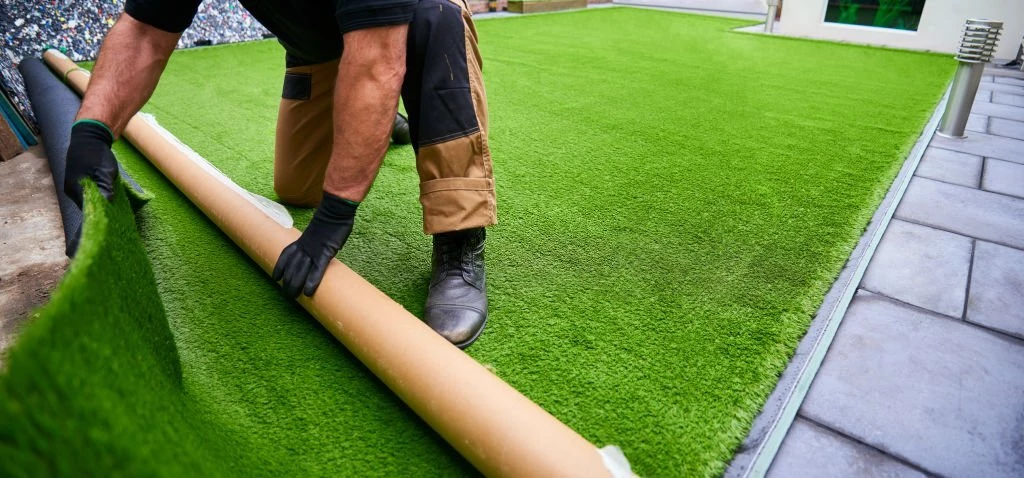
Artificial grass flooring is a type of artificial flooring that consists of woven artifacts in the shape of natural grass. This product is used in indoor and outdoor spaces to create fields similar to natural grass.
- Advantages of artificial grass flooring
- It does not need to be watered, avoid drops, and trim.
- Creating a green and natural appearance in spaces without worrying about time and weather conditions.
- It does not change color or shape under the influence of sun, rain and cold.
- Having resistance to heavy pressures and frequent traffic.
- Disadvantages of artificial grass flooring
- Compared to natural grass, it has thicker fibers.
- The sense of touch of artificial grass is different from natural grass.
- In hot seasons, its surface may become very hot.
last word
By knowing the types of flooring and examining the advantages and disadvantages of each, you can easily make a decision. Remember that the use of different types of flooring is based on the climatic conditions, usability and visual beauty, and considering all the factors helps to make everything look very beautiful.
What kind of flooring have you chosen for your home? How satisfied are you with your choice and would you recommend it to others? Be sure to write us your opinion.
Related and suggested content :
Home water fountain, from the beauty of nature to creating health
Roof work [features, applications, advantages and disadvantages]
Building insulation Types of building insulation + practical tips
Construction and design stages of small home pools
The most attractive bright color decoration models + pictures

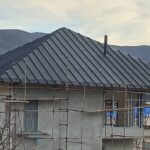
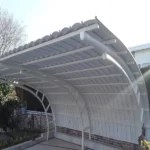
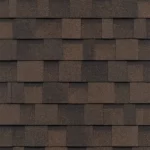
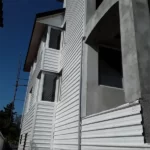
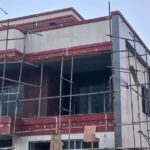


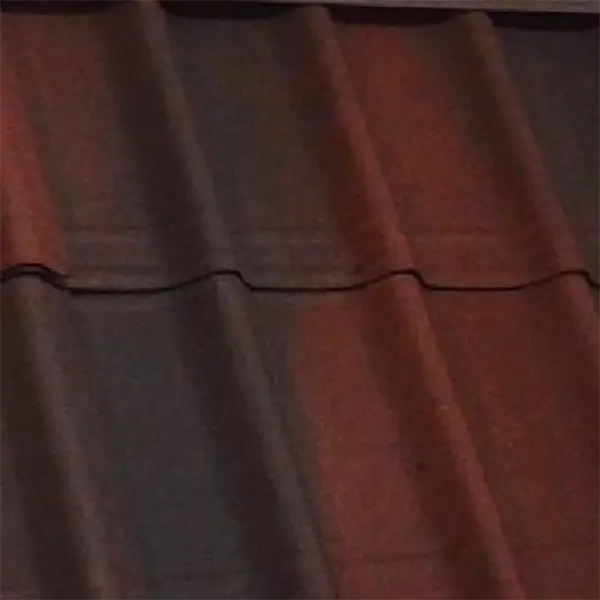
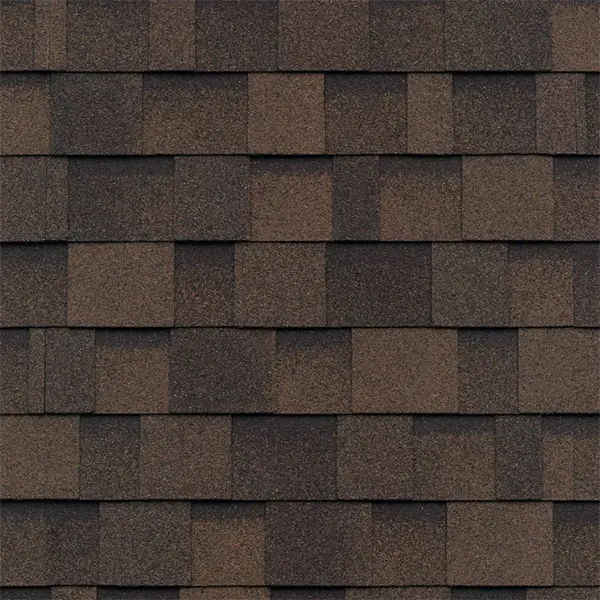


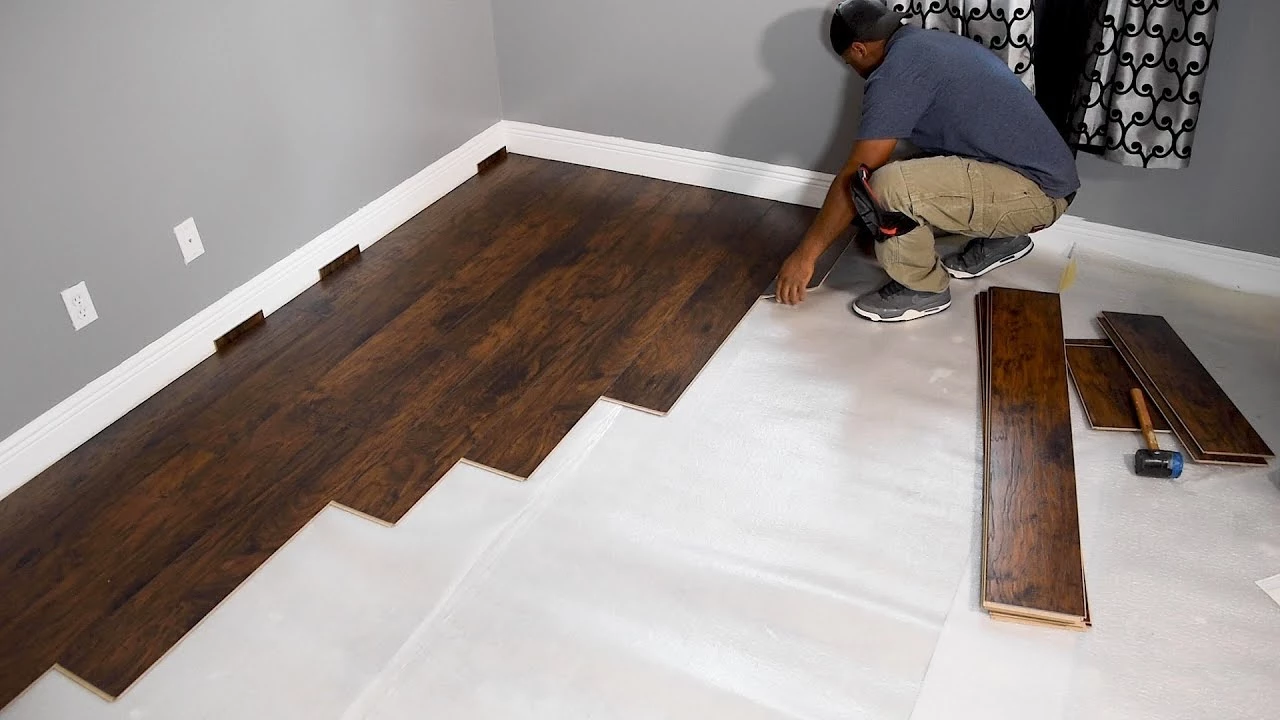
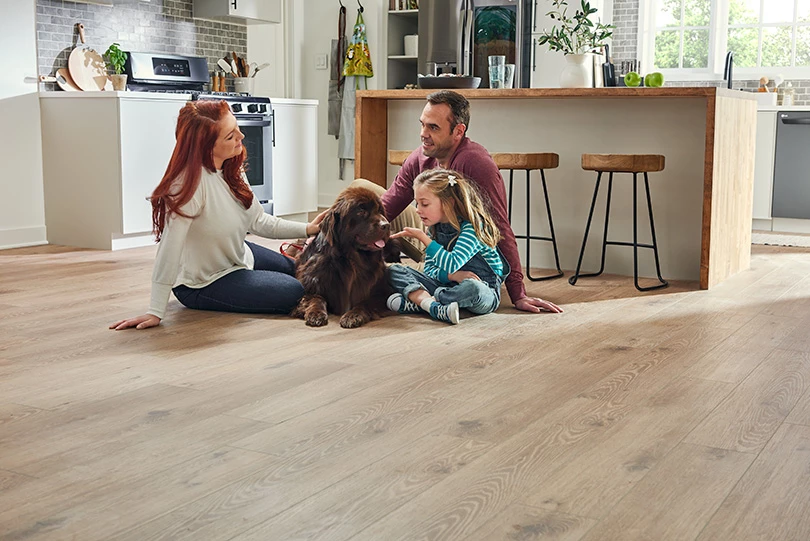
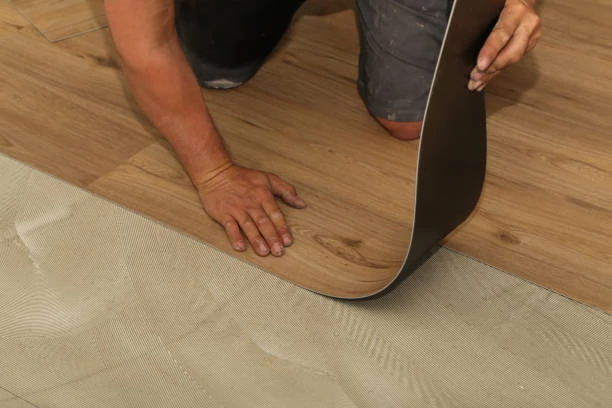


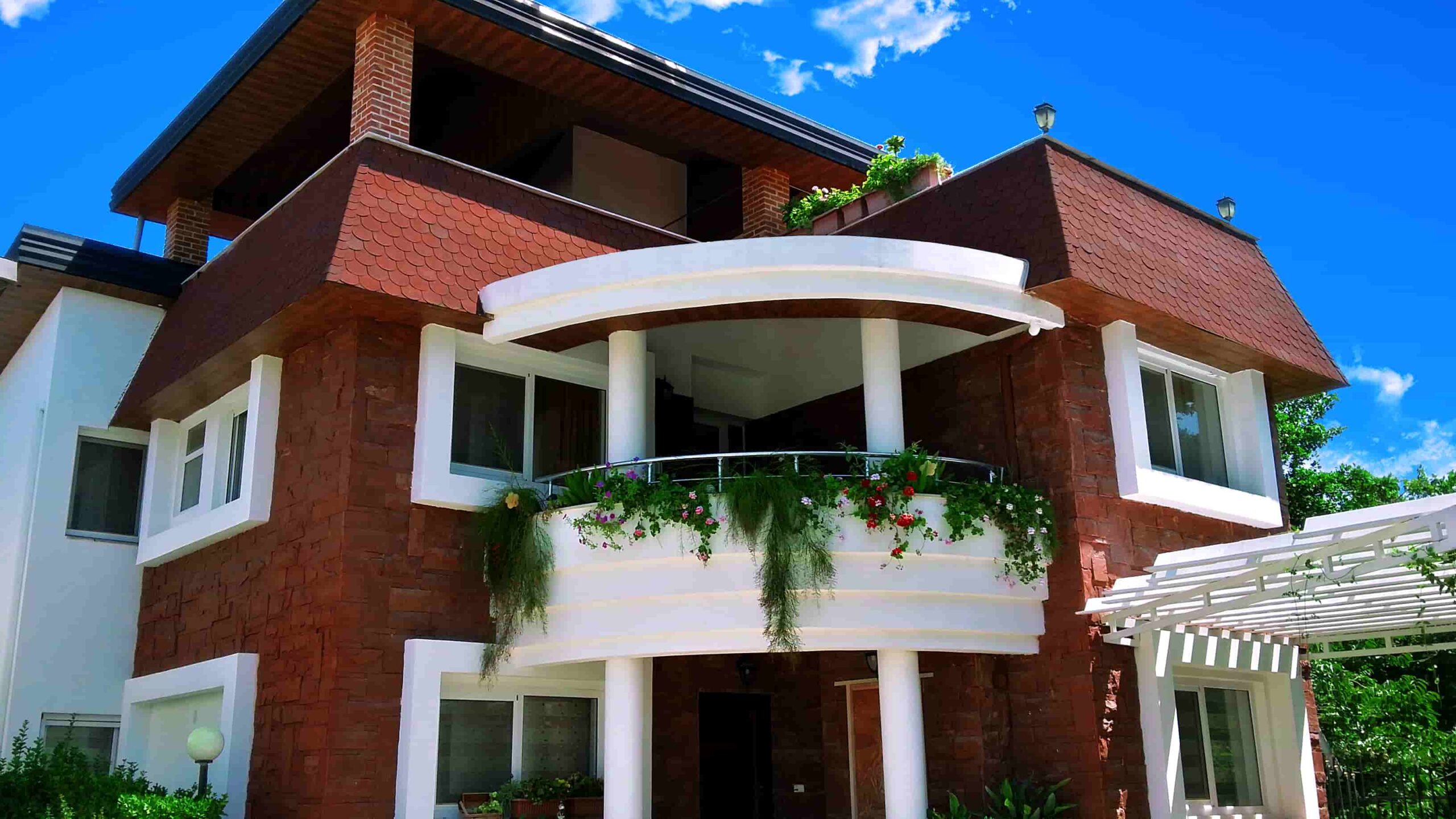
No comment